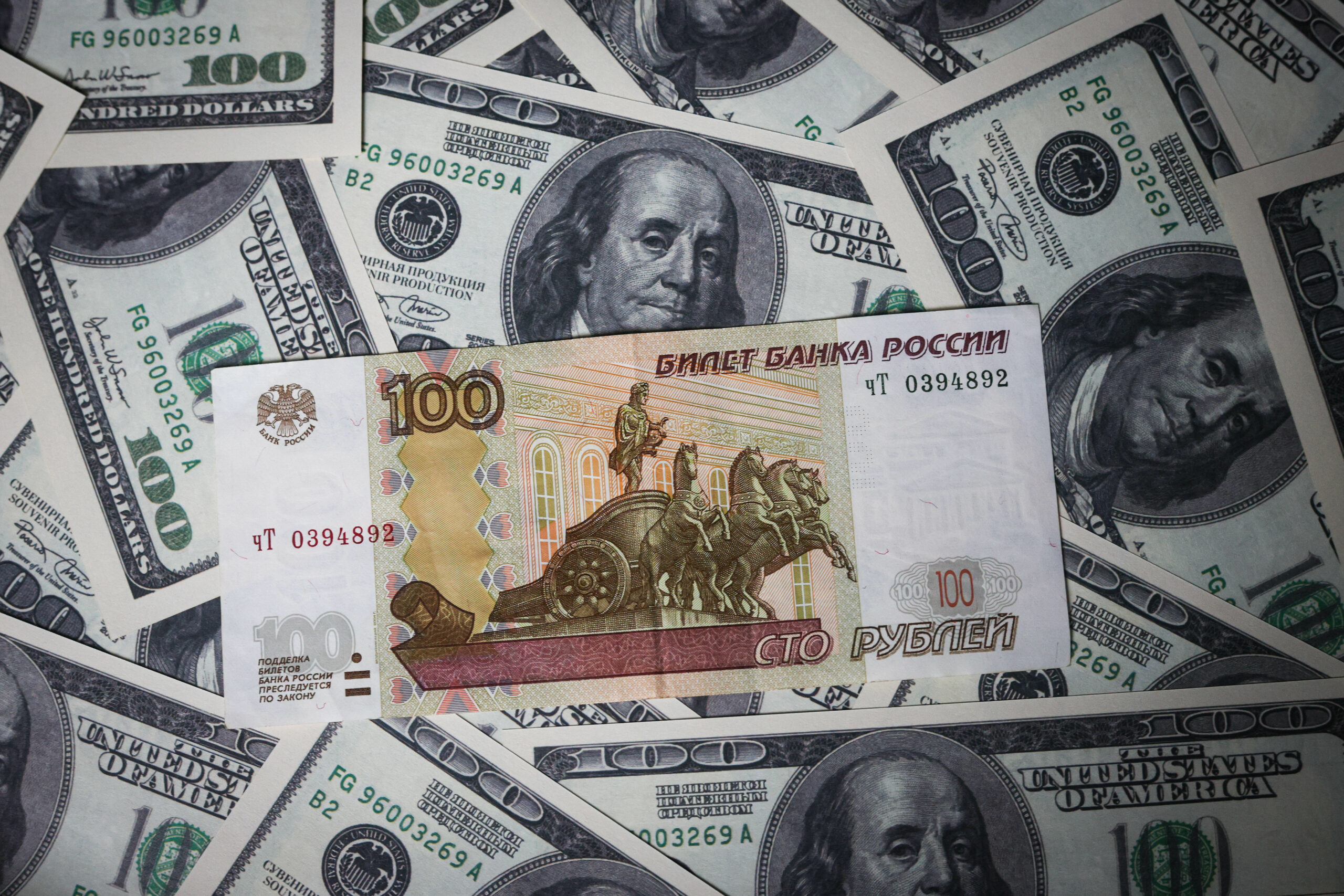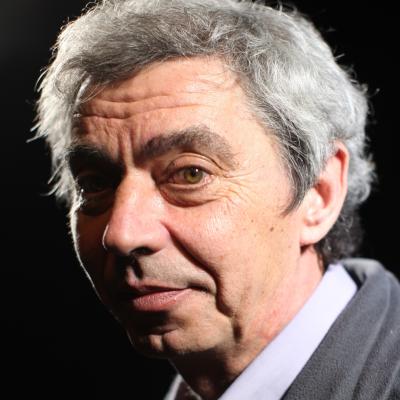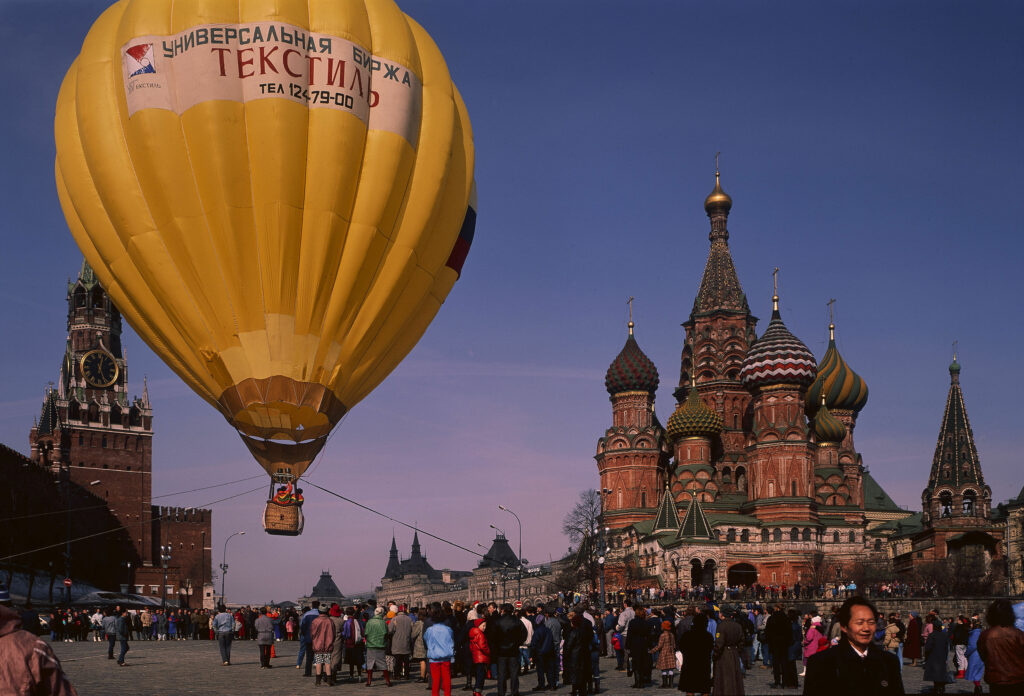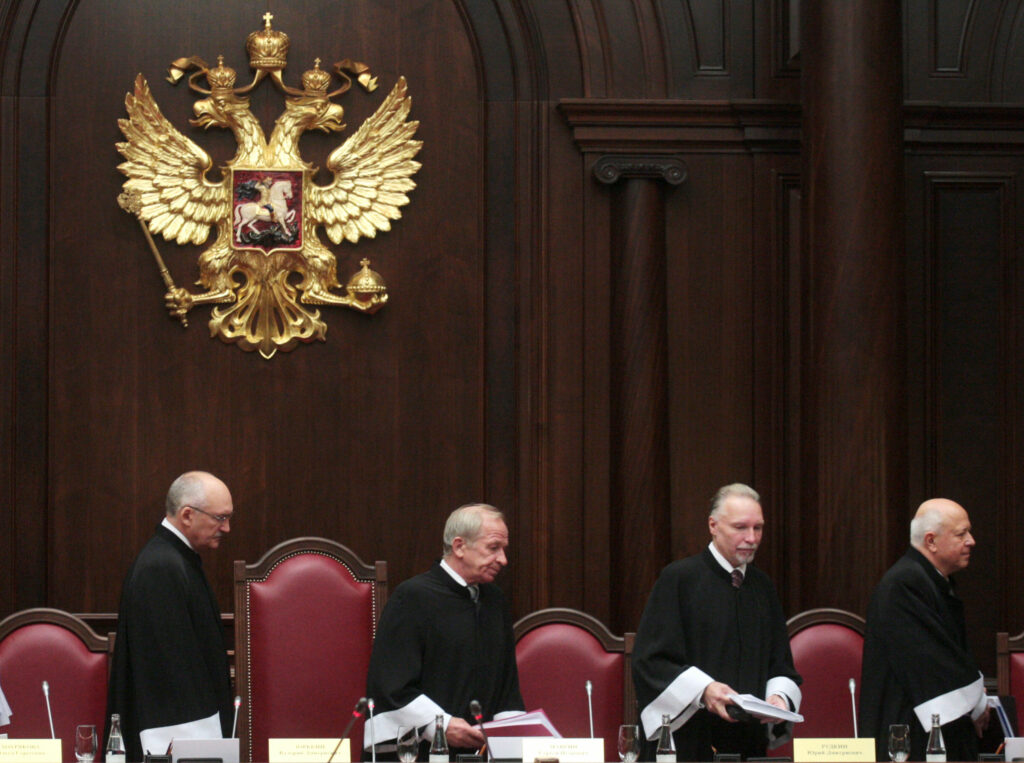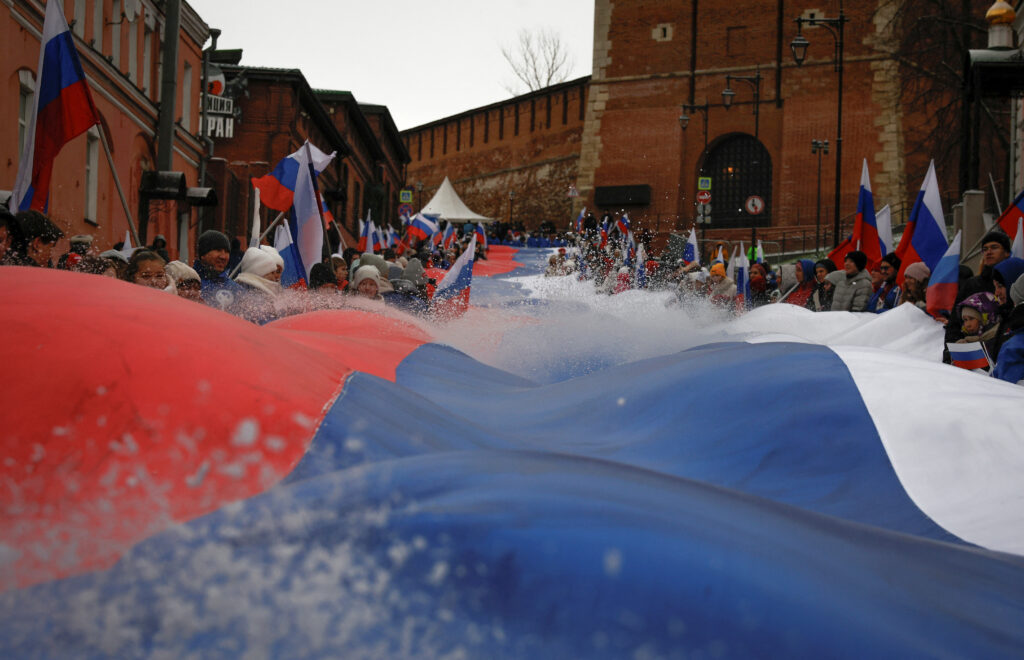The insightful sociologist, Boris Dubin, pointed to the peculiarity of the Russian social memory of the Great Patriotic War which shifted to the “dimension of imagined collective identification” from the “dimension of real incentives, behavior stimuli of war participants and their immediate interaction partners” back in 2004. “Glorification of war, monumentalization of its collective image is far from being evidence of memory but is rather an indication of a state of oblivion, an amnesic trail or “scar”… There is something akin to a cenotaph before us – Dubin concludes – a tomb of awareness lacking in this “place” – a tomb lacking the fact of an insight: a monument but not a memory”.
It is sufficient that a sociologist underlines the traumatic state of social memory. The duty of a historian is to recall what actually needs to be placed on this cenotaph bearing the inscription “the victory of the Soviet people in the Great Patriotic War”.
It is clear that persistent attempts to separate the national conflict from the world war aim to obscure the fact which is traumatic for Soviet historical consciousness: the USSR actually entered World War II on September 17, 1939, as an ally of Nazi Germany along with which it divided Eastern Europe in full accordance with the secret protocol annexed to the non-aggression pact of August 23, 1939 which went down in history as the Molotov-Ribbentrop Pact.
However, something else is much more important. The notion of the “patriotic war” implies full nationwide unanimity in opposing the enemy and high morale among the troops fighting for the noble cause. The Soviet ideologeme implied that the war became patriotic on June 22, 1941 when the Wehrmacht troops crossed the Soviet frontier. Meanwhile, the circumstances of the disastrous retreat of the Red Army in summer-fall 1941 suggest that, early on, both national unity and the morale of the army were far from fully intact. And the war became truly patriotic much later, when the composition of the “Soviet people” changed.
As regards explanations of the reasons for “temporary failures” of the Red Army at the onset of the war, Soviet historiography adhered to the positions designated by Stalin, first in his radio address of July 3 and later in his report at the ceremonial meeting of the Moscow Soviet of People’s Deputies on the occasion of the 24thanniversary of the October Revolution on November 6, 1941. The successes of the Wehrmacht were explained by 1) the unexpectedness of the treacherous attack and 2) their superiority in terms of technical equipment:
These explanations do not stand up to scrutiny and fall apart when one so much as glances at source materials. It is obvious that the assembly of three-million Wehrmacht on the western USSR border did not come as a surprise to Soviet intelligence. Hidden mobilization and strategic deployment of the Workers’ and Peasants’ Red Army (RKKA) began in April-May 1941, long before the German invasion. Soldiers on three fronts (known as districts during peacetime) – the North-Western, Western and South-West fronts – received orders from the People’s Commissar of Defense to station at field command posts back on June 19, 1941. The field command posts were ordered by the People’s Commissariat on May 27, 1941.
The Red Army was by no means at a disadvantage compared to the Wehrmacht in terms of numbers and quality of military equipment. As of June 22, according to Mikhail Meltyukhov, whose data are believed to be the most reliable, Germany had 4,364 tanks, 42,601 fieldpieces and mortars, 4,795 planes versus 15,687 Soviet tanks, 59,787 fieldpieces and mortars and 10,743 planes deployed at the Soviet-German border. Moreover, the share of the latest models of military equipment of the Red Army was in no way inferior to that of the Wehrmacht of Luftwaffe, and this state-of-the-art equipment was often far more technologically advanced.
It has to be concluded that the Red Army’s defeat in summer-fall of 1941 was not due to military-strategic or technological factors but rather to “organizational-and-psychological” reasons and can be explained by the unpreparedness of the Red Army and Soviet society for war. Repressions against the command of the RKKA, which reached their peak in 1938-1940, marked the final phase of army’s creation which implicitly obeyed the political leadership; the army constructed like a barracks; the army which followed the principle of blind obedience of superiors who boorishly pushed subordinates around. Not surprisingly, the barrack-like army succumbed to the enemy in the fast-moving warfare which required awareness, responsibility and initiative from each and every man. Strictly speaking, this army suffered a devastating defeat and had been destroyed by late 1941. A major transformation of interpersonal relations in the army and radical changes in the plotting of career advancement paths were needed in order to create an army capable of waging warfare and of, eventually, emerging from the war victorious.
Society’s unpreparedness was due to two factors: To begin with, the country was, by no means, ideologically homogenous. Repressions silenced the opposition. However, this deathly silence should not be confused for like-mindedness. Many citizens of the USSR did not consider the Soviet system a blessing, had no faith in its potential for longevity and were looking forward to the day it collapsed. This was especially true among persons of the older generation, who had witnessed the days of “the Duma monarchy” as grown-ups.
Secondly, Soviet citizens were completely oblivious to the practices being employed in Nazi Germany. Post August 1939, any public anti-fascist propaganda was discontinued on the territory of the USSR. Germany, previously depicted as a country of deep social antagonisms, employing aggressive foreign policy, became a role model of successful social and industrial development, as presented by the Soviet press.
As a result, quite a considerable part of both the military and civilian population were unprepared for decisively confronting the enemy at the initial stage of warfare. Secret hopes of achieving liberation from the Bolshevik regime with the help of the Germans also resulted in huge and irrecoverable losses of the Red Army in the form of prisoners of war and deserters as well as the widespread willingness of the civilian population to collaborate with the enemy.
As estimated by contemporary historians, 3.8 million soldiers and commanders (including 63 generals) of the Red Army had yielded themselves prisoners to Germans and 1.5 million had deserted by late 1941. It was precisely those “irrecoverable losses” which were most numerous in 1941. “Sanitary losses” – the sick and the wounded – who could return to the ranks comprised 22% at the time. As experience of 20th century warfare has shown, 75% sanitary losses is regarded as the norm in a well-motivated army. However, the Red Army’s sanitary losses would be closer to this level as late as in late 1942.
In the summer of 1941, many Soviet citizens faced a difficult dilemma: to fight the Germans while not only defending their motherland but also the despised rulers, or try to overthrow the Bolshevik regime along with the Germans. Only a small minority immediately adopted the extreme stance. The disoriented majority remained undecided and focused solely on survival.
Among others, this is evidenced by the failure of the guerilla movement on occupied territories during the first phase of the war. According to Starinov, one of the organizers of subversive actions, until 1942, partisan detachments “had been formed entirely with NKVD and militia officers without the involvement of local people… In Ukraine, 778 partisan detachments and 622 sabotage groups totaling 28,753 people were left behind enemy lines or repositioned there by the state security apparatus. However, as of August 25, 1942, …as few as 22 detachments totaling 3,310 people were regarded as “in action”. Therefore, less than 3% of partisan detachments and groups repositioned behind enemy lines survived 12 months of war in 1941… The situation in Byelorussia was no better… By January 1942, out of 437 groups and detachments repositioned behind enemy lines, 412 of or 95% had ceased to exist… Nearly all large units, totaling several hundred people, were destroyed or split into separate groups during the first war-time winter… By mid-1942, the number of partisans totaled 65 thousand people…” And it was as late as the end of 1942 before partisan movements really became mass movements (by 1944, there were almost 370 thousand Soviet partisans in Byelorussia and approximately 220 thousand partisans in Ukraine).
Anti-Bolshevist forces, on the contrary, turned out to be quite significant and active. As early as in fall 1941, despite obstacles created by the political authorities which continued to pursue “racial” restrictions, the more pragmatic Wehrmacht command started forming “national” units staffed by Soviet citizens. Ninety “Eastern” battalions were formed during this period: 26 “Turkestan”, 13 “Azerbaijani”, 9 “Crimean-Tatar”, 7 “Volga-Ural” etc. battalions. Cossacks recognized as “Aryans”, descendants of ancient Goths, were allowed to form their own units in April 1942.
Permission to form purely “Russian” military units would be granted only at the end of the war when the Committee for the Liberation of the Peoples of Russia, chaired by General Andrey Vlasov, was established on November 14, 1944, in Prague. However, this did not prevent the Wehrmacht from wide scale enlistment of former Soviet citizens who volunteered to fight alongside the Nazis (so-called Hiwis – Hilfswillige in German). By April 1942, 200 thousand Hiwis had served in the German army. Since the summer of 1942, “Russian” volunteers had been permitted to bear arms in the Wehrmacht units that operated in Ukraine, on the Don and in Kuban. By November 1942, 51,800 Hiwis had served in the 6th Army besieged at Stalingrad and “Russians” comprised up to 40% of the military personnel of three infantry divisions of this army.
Much broader layers of Soviet citizens bearing no arms were prepared to collaborate with the Germans for the sake of establishing a non-Soviet mode of life. A typical picture was presented by the head of the Mogilev clandestine “Red Army Assistance Committee” Casimir Mette in his report produced for the central headquarters of the partisan movement of April 19, 1943: “Counter-revolutionary elements (people with criminal records, all sorts of “undesirables” etc.) as well as broad philistine circles, represented the general mood of the population. They bade Germans welcome, they hastened to take the most sought-after positions in the service and provided them with every possible means of assistance… A significant number of intelligentsia including many teachers, physicians, accountants, engineers and others were among them.”
The very same phenomenon was witnessed by Pavel Ilyinsky in Polotsk at the start of the war: “In the beginning, there was a universal and unshakable belief that collective farms would immediately be liquidated while prisoners of war would be given a chance to participate in the liberation of Russia”. Both the highest German command and Soviet generals-prisoners of war insisted that there was a need to create a Russian national government. Lieutenant General Mikhail Lukin, taken prisoner at Vyazma, said on December 12, 1941: “The people will face an unusual situation: indeed the Russian government, which is against Stalin and Russia, is still alive; the only enemy in this fight is the odious Bolshevist system; Russians took the side of the so-called enemy – therefore, to take their side is not treason but only a move away from the system. Here new hope arises!”
And many did harbor such hopes, especially in the light of the emergence of small private businesses permitted in towns, which resembled the days of the New Economic Policy (NEP). However, these hopes had disappeared by late 1942. First of all, as evidenced by Casimir Mette, “the atrocious treatment of Russian prisoners of war and their mass demise in camps… caused great resentment against the Germans, even among many philistines”.
And hopes for the re-establishment of free peasant labor and ownership rights did not come to fruition either. The law on the new system of land use was announced as late as on February 16, 1942. Formally, collective farms were closed down. However, peasants’ lives did not improve as a result. German agricultural management was in charge of all land, and land was to be cultivated by peasant communities under the supervision of managers. Local self-government and private property rights were restored by the Germans only in the regions which had joined the USSR shortly before the war.
As a result of such policy adopted by the German authorities, a radical change in the attitude of inhabitants of the occupied Soviet territories could be observed by late 1942. Soviet partisan movement was expanding and many former “Polizeis” started joining partisan detachments. Only after the Stalingrad defeat did the German administration make an attempt to turn towards those who were prepared to collaborate with the occupiers. At that point, all peoples except for Jews and Gypsies were recognized as Aryans and they were allowed to form national units in the Waffen-SS as well as their own hierarchy of local government such as the “Byelorussian Council” established on December 31, 1943 in Minsk. However, the time for such a game had long since passed – the atrocities of SS and SD overshadowed and supplanted former “exploits” of the NKVD in people’s memories.
The people rallied around the power elite but the makeup and nature of this “Soviet people” that won the war changed dramatically from its pre-war self. Active anti-Soviet forces were destroyed by and large. The Stalinist nomenklatura became even more convinced of the strength of the impeccable Soviet rule. However, the overwhelming majority hoped for a peaceful transformation of the regime. New experience of learning about life in Europe (7 million soldiers and 6 million Ostarbeiters shared this experience), the experience of front-line brotherhood which brought about “spontaneous de-Stalinization”, according to historian Mikhail Gefter, helped to strengthen the requirements not only of the reinstatement of pre-war life but its significant reorganization, too.
Writer Alexey Tolstoy, an attentive observer, was convinced thusly: “there will be an NEP after the war, an NEP in no way similar to the previous NEP… Having returned from the war, the people will not be afraid of anything. The people will be demanding and full of initiative. The crafts and cooperative craft societies will bloom and will compete to sell their wares. Quality will increase dramatically. Our ruble will become an international currency. …The Chinese wall of pre-war Russia will tumble”. As war veteran Viktor Nekrasov put it, the fulfillment of hopes was, to a large extent, related to the fact that Stalin “then understood the full power of the people and realized that he could not deceive them any longer”.
Indeed, the people quite vociferously expressed a desire to start a new life. Workers were no longer frightened by severe penalties for violations of labor rules since the amnesty decree, enacted in connection with the victory over Germany published on July 7 1945, was perceived as a harbinger of the coming abolishment of the repressive labor code of 1940.
Peasants associated hope for change for the better with changes in the system of collective farming. Even heads of collective farms speculated that “now, as we have won and the war is over, collective farms will probably be disbanded since they have played their role”. At the very least, they hoped for reduced bureaucratic arbitrariness. There was also a commonly-held hope that religious persecution would come to an end. A very noticeable revival of religiosity was observed among the people. Many found support and comfort in times of trouble in faith once more. The victory only reinforced these sentiments. The number of parishioners, church weddings and baptisms had increased manifold by 1946 on 1940. The authorities were forced to increase the number of permits to open new parishes. In 1939, there were only approximately 100 cathedral and parish churches of the Russian Orthodox Church throughout Russia. There were as many as 10,544 of them by 1946 and 14,477 by 1949.
There was a growing understanding among educated circles in cities that these hopes would not come to be without general democratization of the political system. This awareness was particularly strong in institutions of higher education where clandestine students’ political circles were even created. And, for example, combat generals Vasily Gordov and Philip Rybal’chenko also dared to discuss it on December 28, 1946 (their conversation was recorded by technicians of the Ministry of State Security: “We needed to have a real democracy”). Many expected changes in the electoral system of the Soviets. Thus, the election to the Supreme Soviet of the USSR held in February 1946 according to the pre-war scheme – only candidates form the only electoral “bloc of communist and non-partisan candidates” participated – caused numerous complaints even from persons who were entirely loyal to the system.
Hopes of reforming the system were not completely without grounds. Even Josef Stalin himself gave cause to harbor such hopes: not only did he use a purely ecclesiastical address: “Dear brothers and sisters” in his first speech following the outbreak of war but he also promised that “our war for the freedom of our motherland will merge with the struggle of the peoples of Europe and America for their independence, for democratic freedoms”. The change in the tone of Soviet propaganda, the returning historic heroes of pre-war Russia to the patriotic pantheon and putting an end to religious persecution in 1943 only served to reinforce these hopes. Close cooperation between the USSR and western allies as well as the establishment of the United Nations on June 26, 1945, perceived as a mechanism for overcoming and resolving potential conflicts through peaceful means, were also moves in the same direction.
Moreover, a faction headed by Andrey Zhdanov had been formed at the highest echelon of the Soviet leadership by the end of the war. It called for some democratization of the system. A special commission had prepared an extensive list of amendments to the Constitution of the USSR by July 1946. Some of them significantly strengthened legal guarantees of personal immunity.
On July 15, 1947, a commission chaired by Andrey Zhdanov was created on the initiative of the Political Bureau in order to develop a new program for the All-Union Communist Party (of Bolsheviks). The new program aimed at “building communist society in the USSR within the next 20-30 years” although the image of the communist tomorrow was lacking the former asceticism. A vision was announced: “to provide every worker with a separate room with amenities” and each family “with a separate apartment and to move to free housing in time”. Even mass car production was considered “with a view to providing every citizen with the right to enjoy passenger road transport”. Besides, some promotion of economic freedoms was envisaged including allowing peasants’ small private farms and artisans’ small businesses.
In parallel with the development of the new party program, the related “General Economic Plan of the USSR for 1946-1965” was being developed. The implementation of the plan should have created the material and economic base “for our society to enter communism”. This work was supervised personally by the chairman of the State Planning Committee of the USSR (Gosplan), brilliant scientist Nikolai Voznesensky, a protégé and ally of Zhdanov’s. The plan contained realistic mechanisms for output growth in all essential categories. Moreover, a significant increase in the “B” group – production of consumer goods – was foreseen for the first time in the history of the planned economy.
However, fluctuations ended in early 1948. Stalin eventually chose a tough political line which restored the old forms and methods of governance designed for extreme conditions. People’s hopes faded, hotbeds of protest were suppressed and their potential leaders were repressed. Approximately 600 thousand people suffered repressions between 1946 and 1953.
In this atmosphere, the yearning for a renewal of life the Soviet people had coming out of the war faded leaving no visible traces. But in just a few years, war veterans together with the new generation of young people would become the main driving force behind the reformatory “thaw”. And only in the era of the Brezhnevian stagnation in the late 1970s would the national memory of the war be overgrown with the weeds of bureaucratic propaganda to such an extent that retired intelligence officers would be considered the true carriers of this memory rather than the war veterans themselves. The place of the national memory of the atrocious war would be taken over by the ideologeme of the great victory achieved only thanks to the party’s wise leadership and the great chieftain himself. The victory which demonstrates the strength and effectiveness of the system – “the superiority of the Soviet system”.
Contemporary Russian officious propaganda has only slightly modified the Soviet stereotype taking into account its opportunistic needs. As a result, the traumatic experience of World War II in Russia as opposed to in Germany, for example, has not been lived through and reflected upon. “Grief work” which would help prevent the possibility of future development of a society capable of trudging blindly into war, was not undertaken. As a result, the majority of Russian citizens including a number of “elites”, are not immune to totalitarianism, greatpowerism and isolationism.






